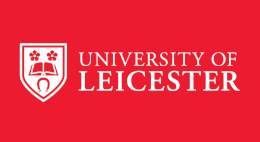Pereira et al text preprint 22-3-17.pdf (845.28 kB)
Reconciling evidence from ancient and contemporary genomes: a major source for the European Neolithic within Mediterranean Europe
journal contribution
posted on 2020-07-31, 15:15 authored by Joana B Pereira, Marta D Costa, Daniel Vieira, Maria Pala, Lisa Bamford, Nourdin Harich, Lotfi Cherni, Farida Alshamali, Jiři Hatina, Sergey Rychkov, Gheorghe Stefanescu, Turi King, Antonio Torroni, Pedro Soares, Luísa Pereira, Martin B RichardsImportant gaps remain in our understanding of the spread of farming into Europe, due partly to apparent contradictions between studies of contemporary genetic variation and ancient DNA. It seems clear that farming was introduced into central, northern, and eastern Europe from the south by pioneer colonization. It is often argued that these dispersals originated in the Near East, where the potential source genetic pool resembles that of the early European farmers, but clear ancient DNA evidence from Mediterranean Europe is lacking, and there are suggestions that Mediterranean Europe may have resembled the Near East more than the rest of Europe in the Mesolithic. Here, we test this proposal by dating mitogenome founder lineages from the Near East in different regions of Europe. We find that whereas the lineages date mainly to the Neolithic in central Europe and Iberia, they largely date to the Late Glacial period in central/eastern Mediterranean Europe. This supports a scenario in which the genetic pool of Mediterranean Europe was partly a result of Late Glacial expansions from a Near Eastern refuge, and that this formed an important source pool for subsequent Neolithic expansions into the rest of Europe.
History
Citation
Proceedings of the Royal Society B: Biological Sciences, 284 (1851) 2017Author affiliation
Department of Genetics and Genome BiologyVersion
- AM (Accepted Manuscript)

